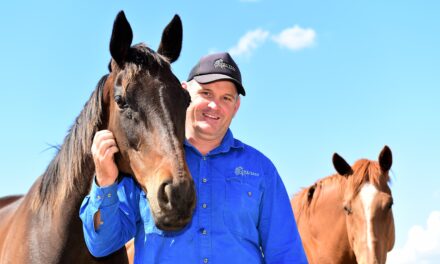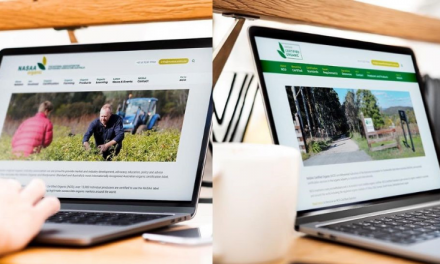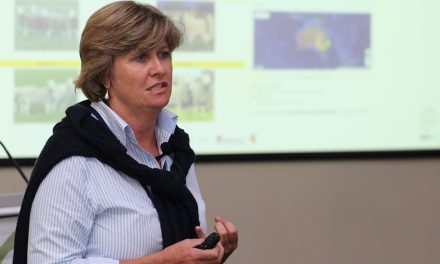Australian research into sterile insect technology has been strengthened through a $10 million collaborative project managed by Hort Innovation, with significant cash contributions by Western Sydney University (WSU) and the Government of South Australia.
Funded under the Hort Frontiers strategic co-investment portfolio, this three-year project will support ongoing research to combat Queensland fruit fly and provide support for operations to continue and amplify at the National Sterile Insect Technology (SIT) Facility at Port Augusta in South Australia, which opened in 2016.
Hort Innovation SITplus Coordinator Dan Ryan said Hort Innovation, along with WSU and the South Australian government invested considerably into the development of the use of sterile insect technology.
“This new funding will not only support ongoing production but also refinement of our techniques in anticipation of the introduction of a full male-only strain of flies to the facility, which is being developed through a separate Hort Innovation funded project,” he said.
“Our SITplus program, which is worth more than $50 million, is based on similarly successful international programs. SIT involves the strategic release of millions of sterile flies to greatly outnumber the wild population, with the intention to limit the opportunity for wild flies to mate and ultimately leading to a collapse in subsequent generations of wild flies.
“SIT enables farmers to reduce their pesticide use and expand their production of high-quality Qfly free produce, enabling better trading opportunities. Sterile flies can also be used to create buffer zones around pest free areas, and to suppress populations in areas where fruit fly is established.”
Western Sydney University Director of the Hawkesbury Institute for the Environment, Professor Ian Anderson, said this next iteration of the research will look to further optimise SIT Q-fly production to support national operations.
“This research aims to fill in the identified knowledge gaps in producing high performing and healthy SIT Q-fly which have emerged through the work already undertaken as part of the SITplus program,” he said.
“This research will be undertaken at our facilities in Western Sydney NSW and will investigate the thermal biology of Q-fly, the assessment of the pathogen (bacteria and viruses) load of Q-fly and its impact on Q-fly health and performance.
“We will also test different pupae substrates and conditions for SIT Q-fly production. It is predicted that the research outcomes will then be implemented into the factory production systems at Port Augusta.”
South Australian Minister for Primary Industries and Regional Development Tim Whetstone said South Australia has been leading the way in the use of SIT to eradicate Qfly.
“SIT technology has been a key part of our eradication response to fruit fly outbreaks in South Australia, and our government is committed to investing in and protecting our vital $1.2 billion horticulture industry.,” he said.
SITplus has now moved into an operational pilot phase of the research and development partnership that aims to deliver an integrated pest management solution to the major national horticultural pest Queensland fruit fly (Qfly).








